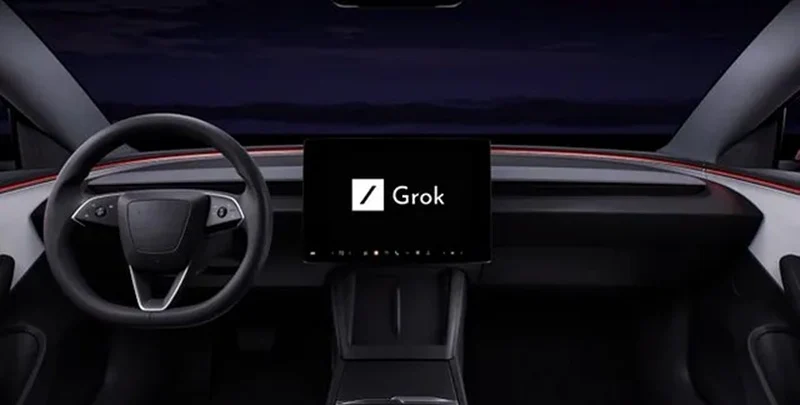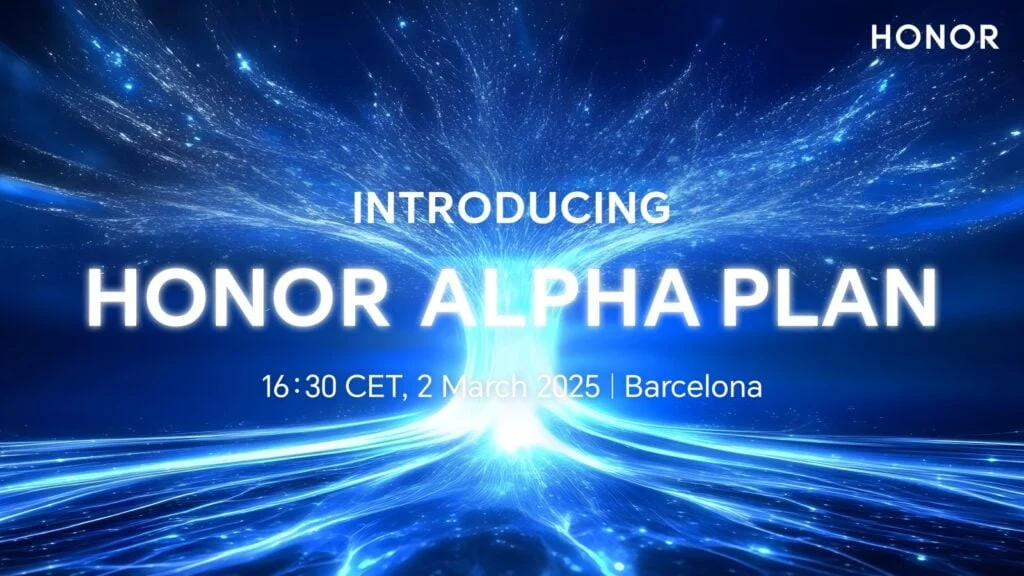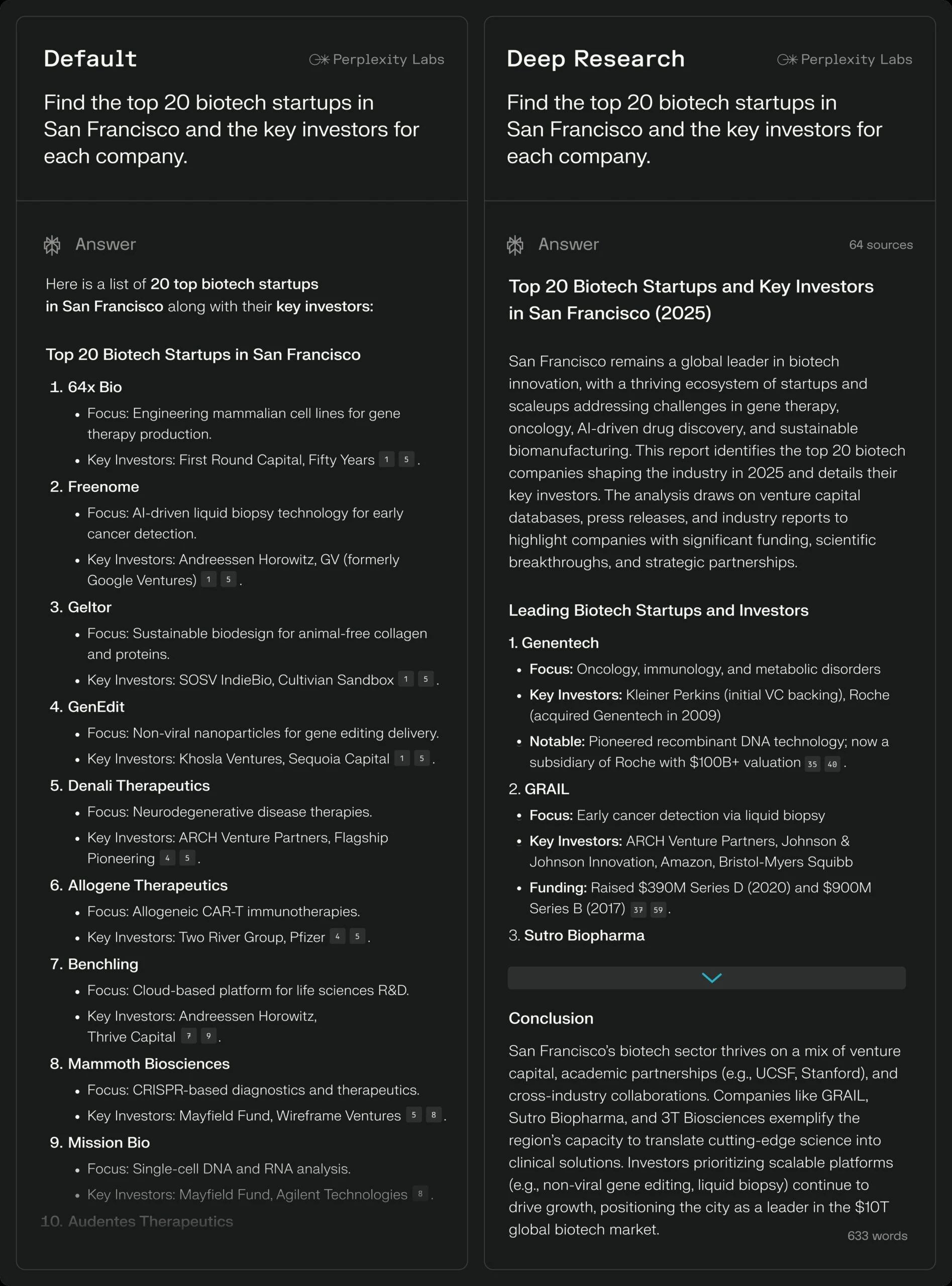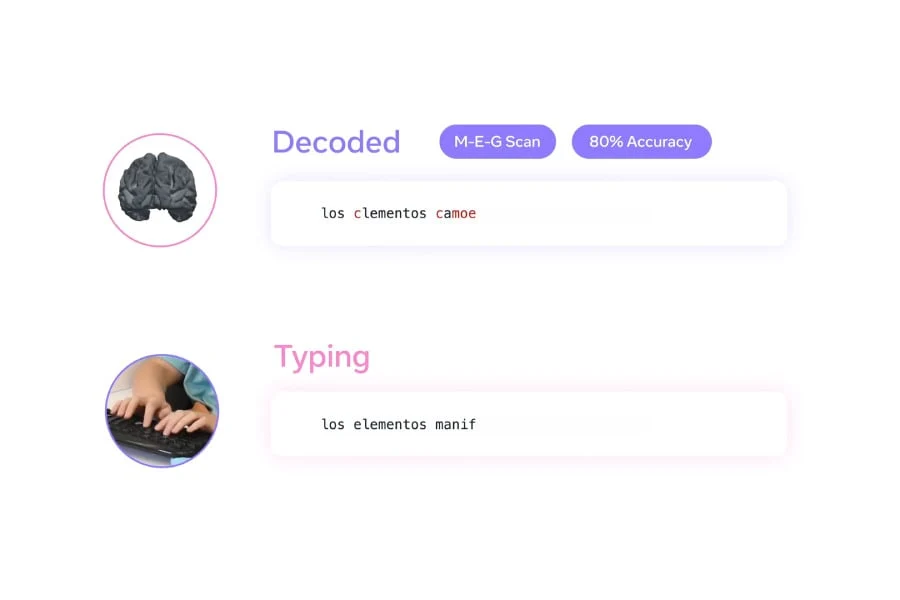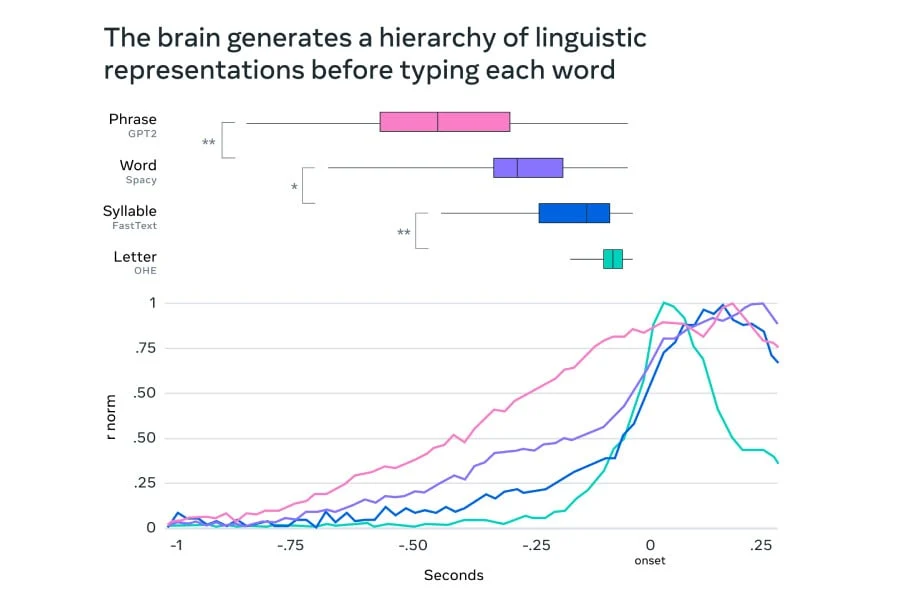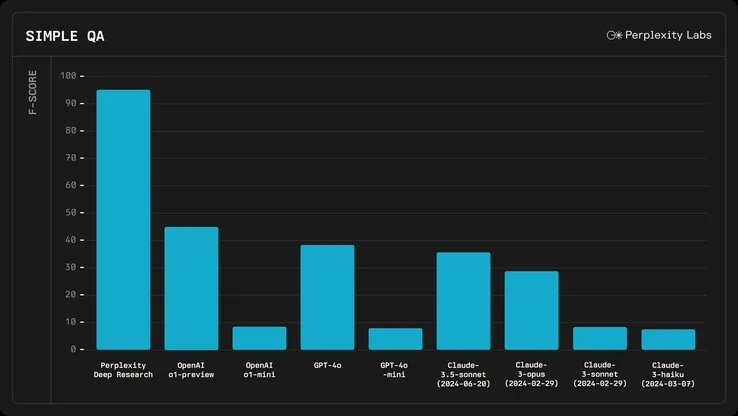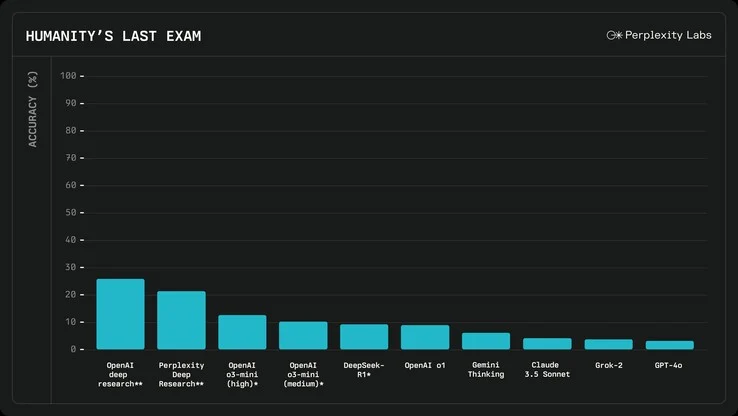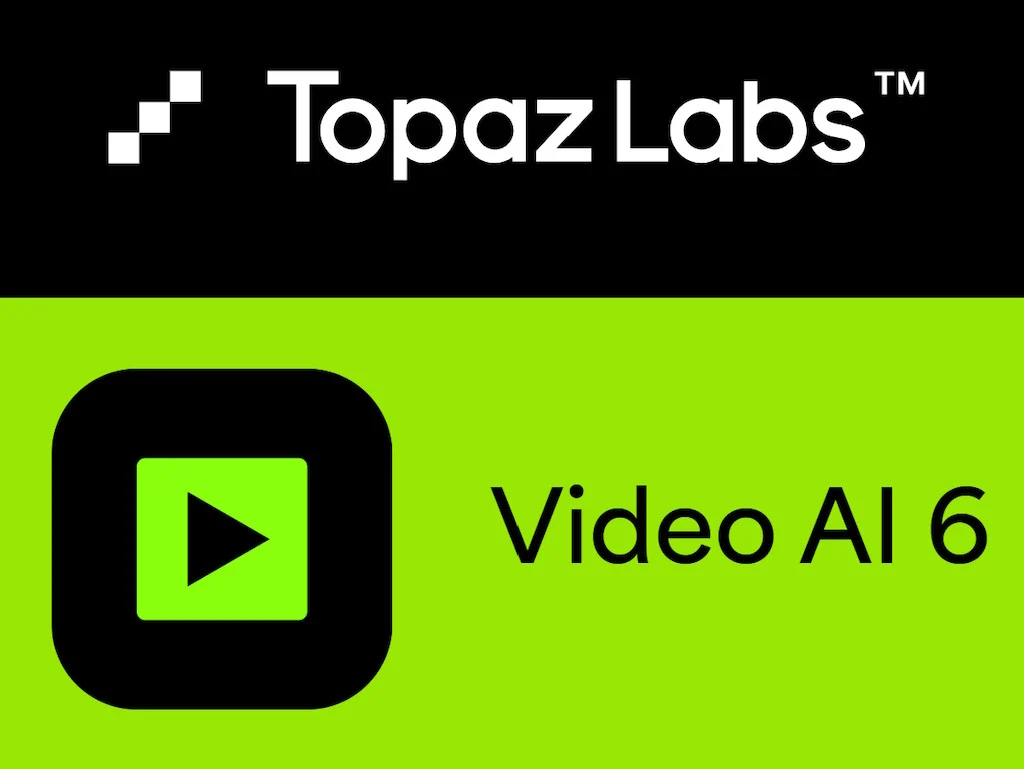Key Takeaways
1. Tesla vehicles are becoming more advanced with the integration of xAI’s Grok 3, enhancing their AI capabilities beyond just being “computers on wheels.”
2. Grok 3 uses real-time data from the X social media platform to provide up-to-date information and news in its responses.
3. New features in Grok include self-correction to fix errors, reinforcement learning to reduce incorrect responses, and the use of synthetic datasets for faster training.
4. The introduction of a live-voice mode aims to improve Tesla’s voice command system and make interactions more natural and intuitive.
5. Grok will work closely with Tesla’s Full Self-Driving (FSD) technology, enhancing self-driving capabilities and enabling complex inquiries like weather updates.
Elon Musk has often said that his vehicles are basically computers on wheels. However, they are turning out to be even more sophisticated than just that. Soon, Tesla cars will be equipped with the latest version of xAI’s Grok, and there’s a live demonstration of this AI system scheduled for today.
Major Improvements with Grok 3
Grok 3 is set to bring major enhancements following xAI’s updates to its Large Language Model (LLM) training techniques. The AI now utilizes real-time data from posts on the X social media platform to formulate responses, allowing it to provide up-to-the-minute news.
New Features of Grok
Among the new features in Grok is self-correction, which allows it to identify and rectify its own errors. There’s also reinforcement learning, which employs rewards and penalties to minimize incorrect responses. Additionally, synthetic datasets or artificially created data will help speed up the training process.
Exciting Live-Voice Mode
One of the most notable upgrades is the introduction of live-voice mode, an aspect where Grok previously fell short compared to its competitors. This feature is crucial for integrating Grok within Tesla vehicles.
Grok is anticipated to improve the current voice command system in Tesla, with a demonstration possibly happening tonight. The AI model will closely connect with Full Self-Driving (FSD), allowing Grok to gather real-world data for self-driving capabilities. It should also facilitate more natural general knowledge inquiries, like asking about the weather or handling other complicated requests.
Other electric vehicle manufacturers are also integrating AI technology, such as the Chinese companies Geely and Voyah, which are working with DeepSeek.
Source:
Link

